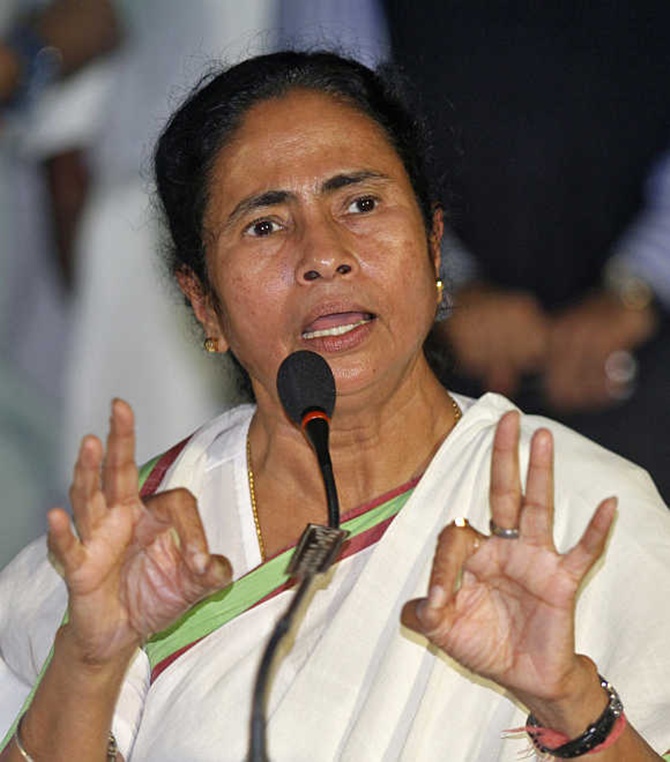
Industrialists say they were bowled over by the West Bengal chief minister's 'charm and simplicity'. The question is whether this will translate into projects on the ground
Forty-five corporate honchos and bankers are hardly a rare sighting for any chief minister’s meet these days.
But when the host is West Bengal’s doughty Mamata Banerjee, whose immediate credentials before the historic victory in Bengal’s 2009 Assembly election was driving away the Tata Nano project from the state, it makes headlines.
Among the galaxy of stars from India Inc, the brightest was Reliance Industries’ Mukesh Ambani.
...

The others who shone were: Godrej Group Chairman Adi Godrej, JSW Steel’s Chairman And Managing Director Sajjan Jindal, RPG Enterprises’ Chairman Harsh Goenka and ICICI Bank’s Managing Director and Chief Executive Officer Chanda Kochhar. The Tata group was represented by TCS Managing Director N Chandrasekharan.
Going by the tweets of Trinamool Congress’ Member of Parliament Derek O’ Brien: Mukesh Ambani said, “Forty-eight hours after a big election victory (in this case, the panchayat elections) you are here in the business capital. That means you mean business.”
Again, via an O’Brien tweet, ITC chairman Y C Deveshwar said, “Chief Minister, you have won the day... Mukesh has committed, so many more will follow.”
...
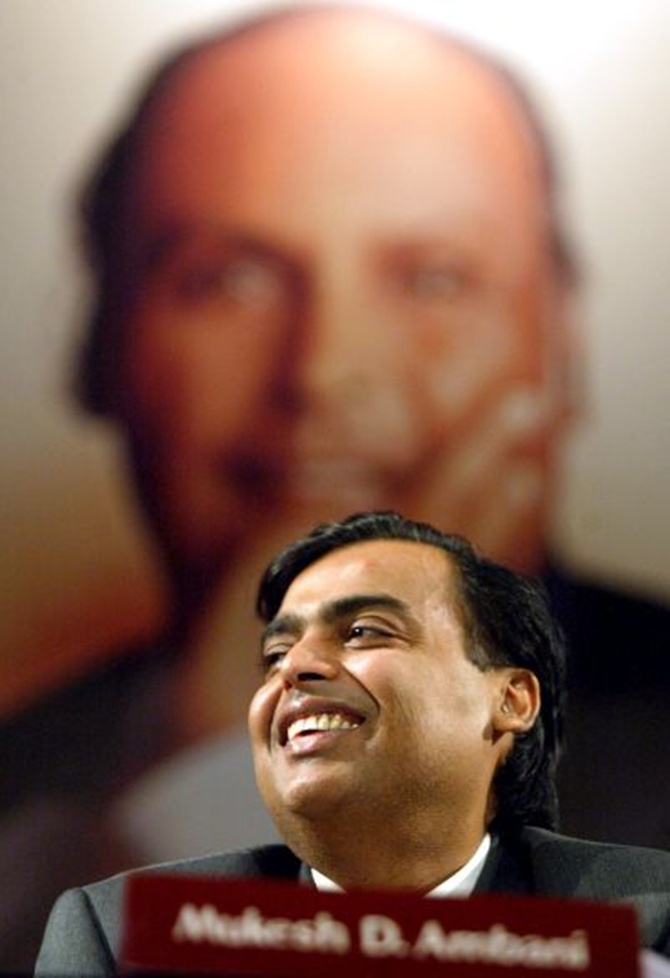
Perhaps, but the point is that Ambani has a specific interest in Bengal, which is Haldia Petrochemicals Ltd (HPL), eastern India’s biggest petrochemical company, producing 3.5 million tonnes of polymer.
Reliance Industries has submitted its expression of interest for the state government’s 40 per cent stake in HPL, which is a joint venture with Purnendu Chatterjee’s TCG. The others in the race are Cairn India, Essar, Indian Oil Corporation, GAIL and ONGC. Due diligence is underway currently.
Obviously, Ambani means as much “business” as Banerjee. HPL is important for Ambani; if sold to an integrated energy player or a promoter with deep pockets, it could become a significant threat to the near-hegemony that RIL enjoys in the petrochemical sector, unless of course, it continues to be mired in problems under the new promoter, as it is now.
...
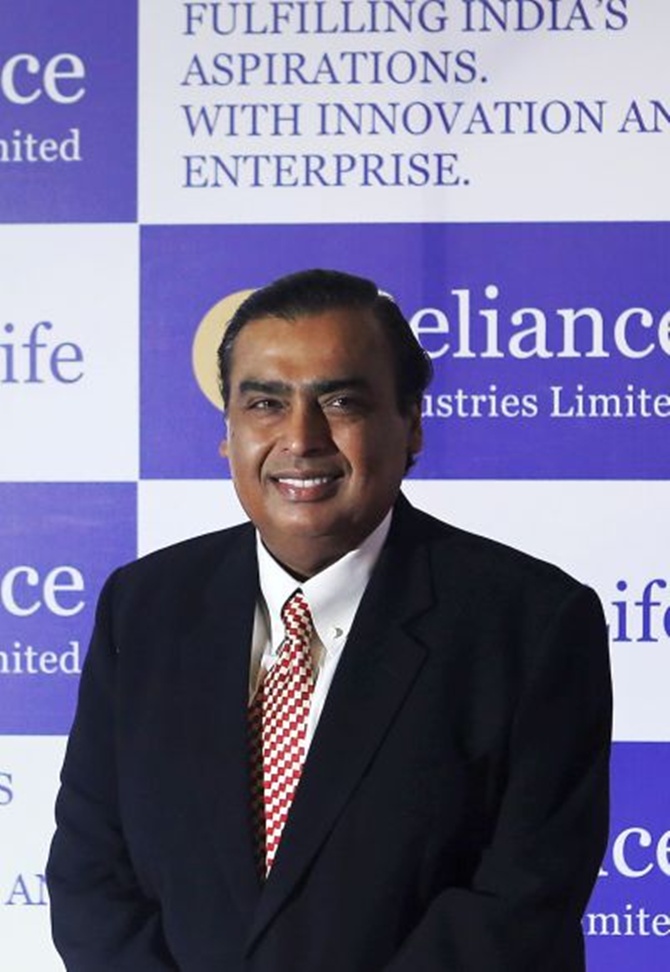
Moreover, Ambani’s expression of interest has cut across regimes. In 2006, Ambani came down to meet Banerjee’s predecessor, Buddhadeb Bhattcharjee and said, “I will come, if you want.”
An enthused government, however, explained that its hands were tied by an agreement with TCG for the first right of refusal on its shares.
Industry minister Nirupam Sen even made a trip to the Jamnagar facility to figure out how RIL could change Bengal’s economic horizon, not just through HPL.
But the relationship couldn’t be taken to a logical conclusion, courtesy the right of first refusal with Purnendu Chatterjee.
...

Most of the others who were present for Banerjee’s meet have some interest in Bengal. Jindal, is setting up a 10-million tonne steel plant at a cost of Rs 35,000 crore, which is delayed due to run-ins with the state government.
The government claimed that JSW Bengal Steel had violated rules under the Land Reforms Act, by not seeking prior exemption under Section 14Y. The Land Reforms Act of 1955 places a ceiling of 25 acres on land acquisition while Section 14Y exempts the ceiling.
Finally, the government vested the private land acquired by JSW with it and leased it to the company. Other issues came up such as forest clearance and iron ore linkages.
Though the company had signed a development agreement with the earlier government in 2007, Banerjee’s government wants it to sign a supplementary agreement with the company, which is still pending.
...
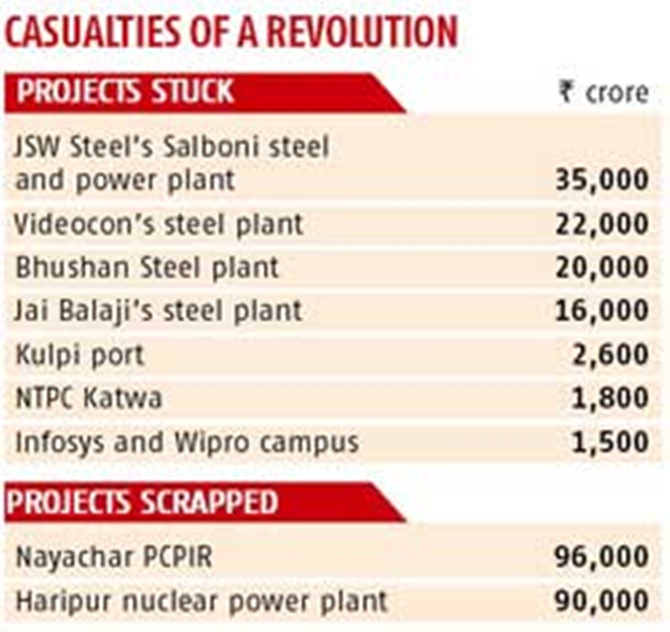
Yet for the audience at large, it seemed nothing short of a feat that Banerjee had managed to attract the who’s who from the corporate world. Especially, since the Nano project was not the first or last project that she drove out (see table).
Banerjee’s now-famous policy of not acquiring land for industrial projects has cost the state many projects - steel plants of Bhushan Steel, Jai Balaji, Videocon, the Kulpi port project, NTPC’s Katwa power project, the list goes on. Infosys’ campus and Wipro’s second in Bengal are held up due to Trinamool Congress’ pre-electoral promise of not allowing special economic zones.
The building lobby has repeatedly asked her to repeal the Urban Land Ceiling Act, but without any success. The Act places a ceiling on acquisition beyond 7.5 cottahs (one cottah is roughly 750 square feet) in the city.
It is unlikely that Banerjee will reverse her policies. Immediately after the Mumbai meet, she responded to questions on Singur, where the Tata Nano project had been located, and reiterated her position that 400 acres would have to be returned to farmers who had been unwilling to sell their land, a stark contrast to Buddhadeb Bhattacharjee.
...
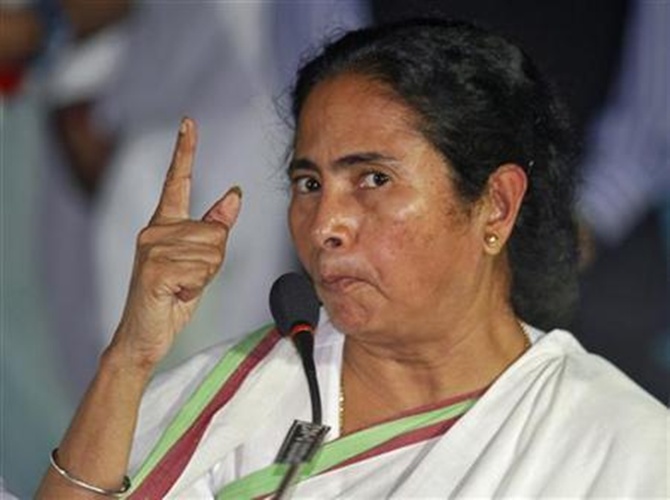
Clearly, Banerjee knows what keeps her in power. Her industrialist friends don’t decide who wins elections.
Bhattacharjee would often lament at business gatherings that he hailed from a party that believed in bandhs. “Gherao is our contribution to the English language,” he was heard saying. His colleagues in the party obviously didn’t approve.
Still, Banerjee is taking baby steps towards making herself more palatable to industry. On Tuesday, she announced a three-year sales tax waiver on aviation turbine fuel in Bagdogra, a first of sorts.
Government officials claim that no other airport has a zero tax option. Her government has also allotted a 100-acre plot to Anil Ambani-led Reliance Cement that would bring in investment of Rs 600 crore (Rs 6 billion).
...
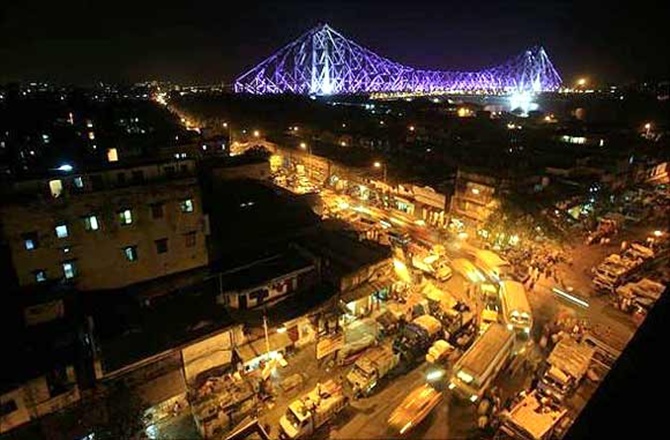
For the disbelievers who still can’t fathom why India Inc’s headed to Banerjee’s meet in droves, the answer could lie in the recent opinion polls for the general elections of 2014.
The polls have indicated that Banerjee’s party could get 23-27 seats, up from 19 seats in the last round.
If at 19, her participation in United Progressive Alliance-II (till it lasted) had a lasting impression on India Inc, the impact of 23-plus for India’s economic policies could be nightmarish.
Naturally, even those who don’t have any seeming interest in Bengal don’t want to be on her wrong side. Therefore, any investment as a result of the Mumbai meet could well be incidental.
For the record, investors say Mamata Banerjee bowled them over with her charm and simplicity. But will she deliver a googly instead?